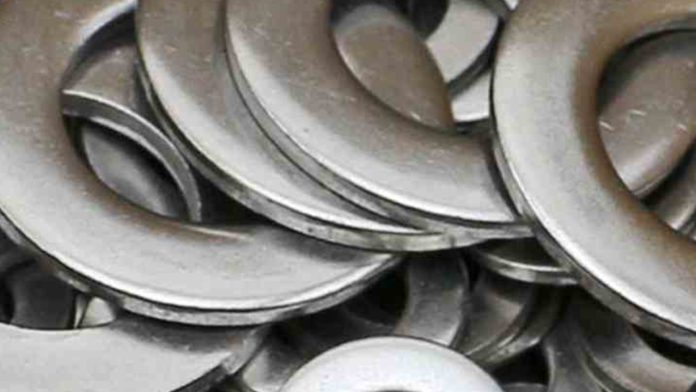The significance of reusing hex bolt M8 fasteners lies in both financial and environmental concerns. Reusing bolts that are nevertheless in top situations can appreciably reduce procurement charges, decrease waste technology, and make a contribution to sustainable practices. Moreover, reusing bolts saves time and assets related to sourcing and replacing fasteners, thereby improving operational performance and productivity.
Proper upkeep practices, adherence to manufacturer hints, and compliance with enterprise requirements are vital to guaranteeing the reliability and performance of reused M8 bolts in various applications. By emphasizing the significance of reusing Hex Bolt M8 fasteners and imposing rigorous inspection protocols, industries can acquire cost savings, reduce environmental effects, and maintain excessive standards of safety and reliability in fastening applications.
Inspection Criteria for Reusing Hex Bolt M8
This detailed article outlines comprehensive inspection criteria for evaluating M8 hex bolts before reuse.
Visual Inspection
Through visual inspection of hex bolt M8 fasteners, look at the floor for corrosion, pitting, or damage. Test the threads for put-on or deformation, and look at the pinnacle for cracks or symptoms of over-tightening. Any corrosion, put on, or damage could compromise the bolt’s integrity and performance. Visible inspection gives a preliminary evaluation of the bolt’s situation, highlighting any defects or irregularities that may require further evaluation or replacement rather than reuse.
Dimensional Checks
Dimensional assessments are vital to ensuring the suitability of hex bolt M8 fasteners for reuse. Measure thread diameter and pitch to verify compatibility with mating additives. Check bolt duration to make sure it is okay thread engagement without bottoming out or protruding excessively. Moreover, the degree of head diameter is to ensure it fits the designated length for the bolt type and application. Dimensional tests provide crucial facts regarding the bolt’s compatibility and suitability for the intended application.
Material Condition Assessment
A material situation evaluation is critical when examining hex bolt M8 fasteners for reuse. Examine the stainless steel grade and composition to make sure it meets the required specs for the utility surroundings. Verify cloth integrity for signs of decay, together with discoloration or brittleness, which may additionally suggest the loss of mechanical homes. Additionally, take a look at localized corrosion or pitting that would compromise the bolt’s corrosion resistance and structural integrity. Material assessment guarantees the reliability and performance of reused M8 bolts.
Torque Requirements
Assessing torque requirements is vital to deciding the suitability of hex bolt M8 fasteners for reuse. Affirm if the bolt retains its original torque specifications and may withstand the required load without loosening. Compare the torque-anxiety courting to make certain proper preload and clamping force. Additionally, recall if the bolt has been subjected to torque-to-yield situations, which can also bring about plastic deformation and require a substitute. Meeting torque necessities ensures the integrity and reliability of reused M8 bolts.
Reusability Assessment
While assessing the reusability of hex bolt M8 fasteners, consider elements that include environmental compatibility, software requirements, and manufacturer hints. Evaluate if the bolt’s energy, corrosion resistance, and dimensional specs meet software needs. Moreover, determine the operating surroundings for potential corrosive or abrasive conditions. Adhering to producer guidelines and specifications regarding bolt reuse, torque values, and inspection standards guarantees the reliability and protection of reused M8 bolts in various programs.
Non-destructive Testing
Non-destructive checking out (NDT) methods like ultrasonic checking out (UT), magnetic particle inspection (MPI), and visible checking out (VT) supplement inspections for hex bolt M8 fasteners. UT detects internal flaws or cracks, at the same time as MPI identifies surface defects like stress corrosion. VT supplements visual inspections by identifying surface irregularities or mechanical harm. Using NDT guarantees a thorough evaluation of bolt integrity, helping to maintain reliability and protection requirements when considering the reuse of M8 bolts in various packages.
Conclusion
Making sure the reliability and protection of reused hex bolt M8 fasteners requires thorough inspection and assessment of diverse standards, including different factors. By following complete inspection methods and adhering to producer tips, engineers and upkeep specialists can confidently reuse M8 bolts while maintaining integrity and reliability in diverse programs. Prioritizing thorough inspections promotes safety, minimizes downtime, and extends the carrier existence of M8 bolts, contributing to green and value-effective operations.




